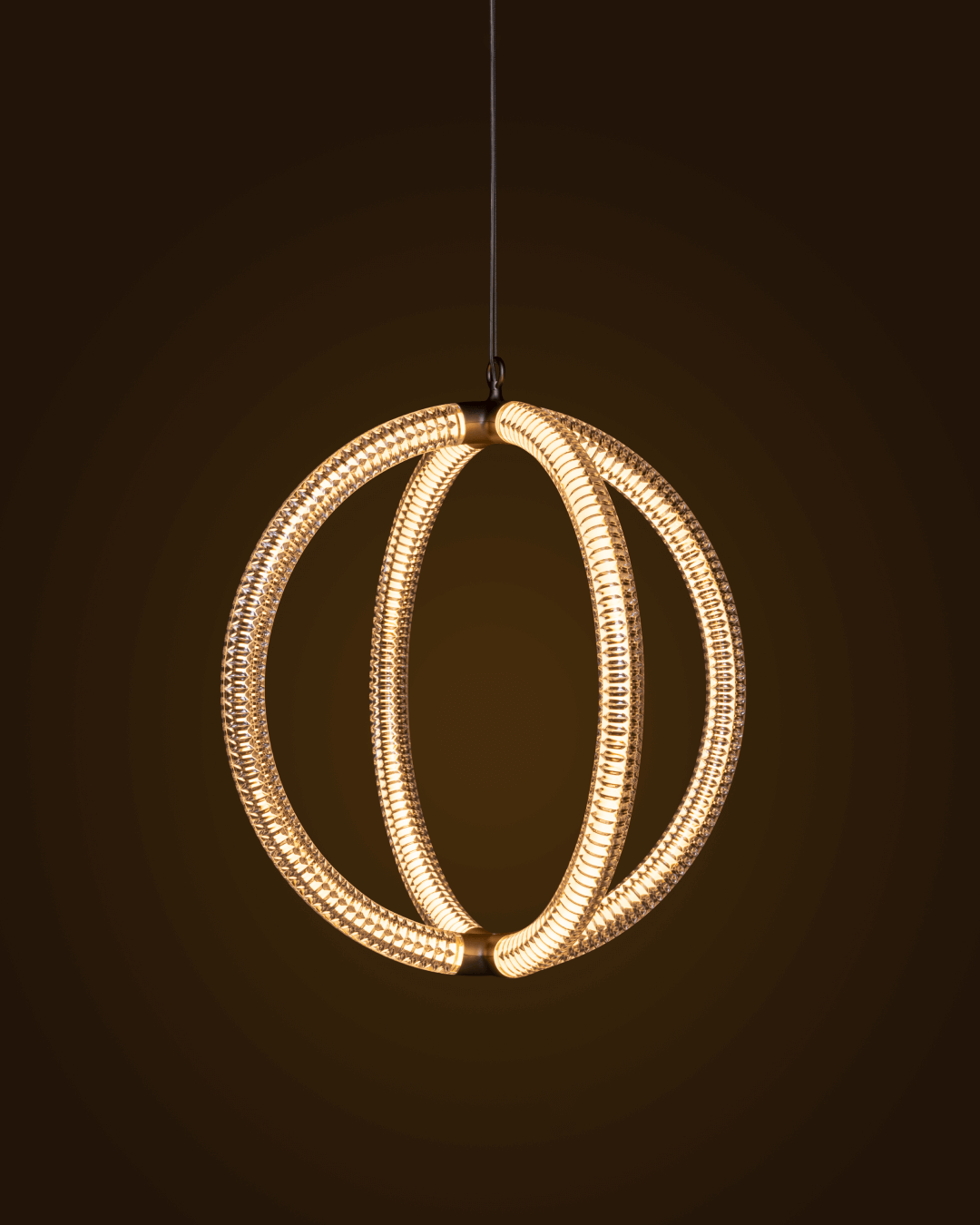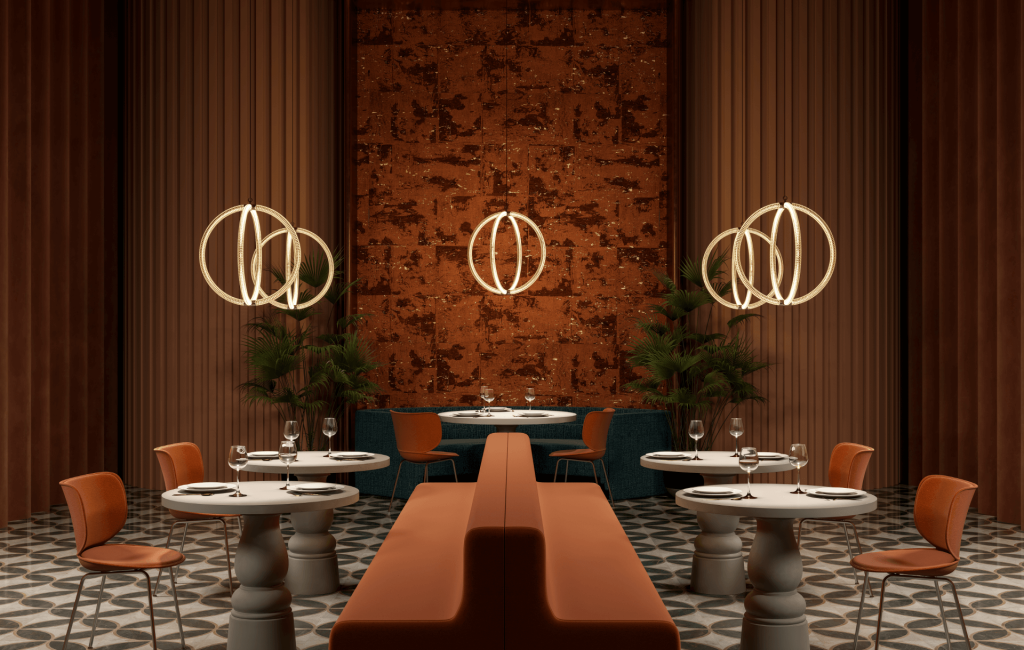Discover our e-shop and access a digital catalogue of over 40.000 design products.
Go to shop27 December 2024

From the study of the polyhedrons of mathematician Pacioli to the essence of Murano productions, Luminora is a perfect synthesis of past and present.
Cristina Celestino signs the Luminora chandelier for the Dutch brand Moooi and as in all her projects she creates an incredible balance of research, past and innovation. In this case, as she herself says, the starting point is the Murano chandelier, translated with the mathematical language of Renaissance proportions and then distorted thanks to technological innovation.
Observing Luminora, the reference to the twisting of glass is immediate and yet here, the glass is absent. There is a short circuit between ancient and contemporary that makes this chandelier suspended in time and sculptural even when turned off. When turned on, it is pure light and fits to both domestic environments and public spaces. The luminous function is perfectly fulfilled but almost takes a back seat to the cultured beauty of the whole and of the detail.

What was your inspiration for this design?
We began working with Moooi a few years ago to design a large, striking chandelier that is both light and contemporary. I took a step back, studying the grand Murano chandeliers, but focusing on those with the purest and simplest forms. Another area of exploration was Luca Pacioli’s – Renaissance mathematician – studies on solids and cages. His study of cages inspired me to reflect on the kind of impact and presence the chandelier could have.
Which characteristic of Moooi do you feel closer to your approach to design?
I feel that Moooi is close to my creative sensibilities: an aesthetic free from constraints, a slightly irreverent corporate spirit and a high level of engineering in the final product that leaves plenty of room for my ideas to take flight.
Talking about interiors and lighting design, how do you create the right combination of different kinds of lights in space?
Each project is different from the next, and there really isn’t a set combination or rule established beforehand. Certainly, the colour scheme of a space, the interior design project together with the furniture choice, along with the intuition of the atmosphere one wants to create, form the basis for these choices.

What is the best setting for Luminora?
With Luminora Light, the design is versatile, available in two different diameter sizes. So, it can be used individually in a small space, like a bedroom in a house, but I can also imagine it hanging in a cluster within a restaurant dining room. Its purity, while simultaneously having a rich expressive quality, makes it suitable for many different settings.
Do you have a favourite aspect or detail of this project?
I’m very happy with the various solutions related to the details of the lamp, such as the facets of the tube or the metal detail that holds the arches together. These subtle, but impactful design elements elevate the piece, creating a harmonious balance between form and function.
The facets on the tube, for example, catch the light in such a way that they create intriguing reflections, adding a layer of depth and dimension to the overall design. Similarly, the metal detail that connects the arches is not just a structural necessity, but a carefully considered aesthetic choice that adds elegance and precision to the lamp. Thanks to Moooi, all of this has been engineered to perfection!